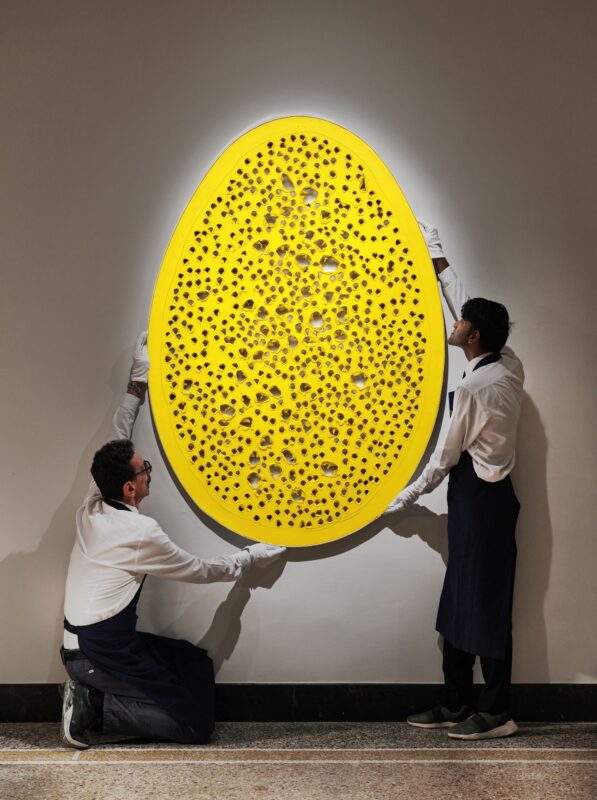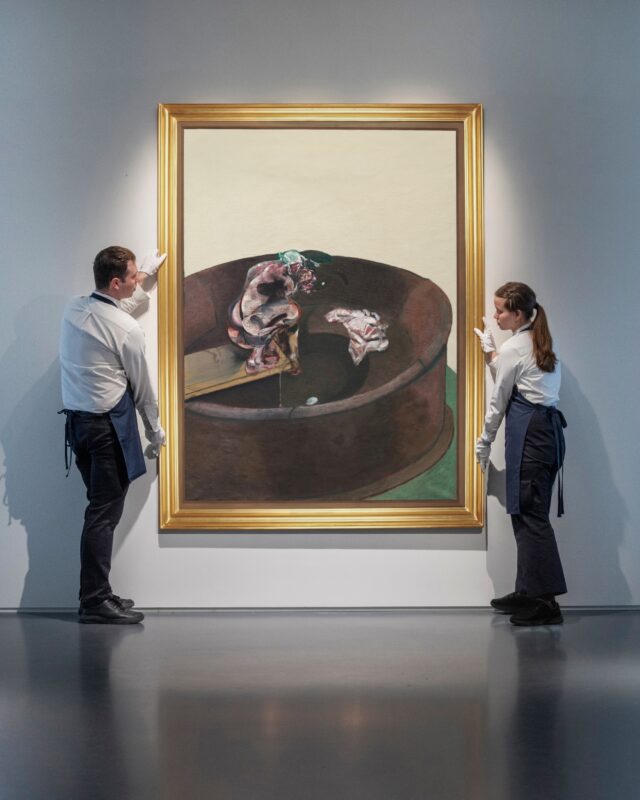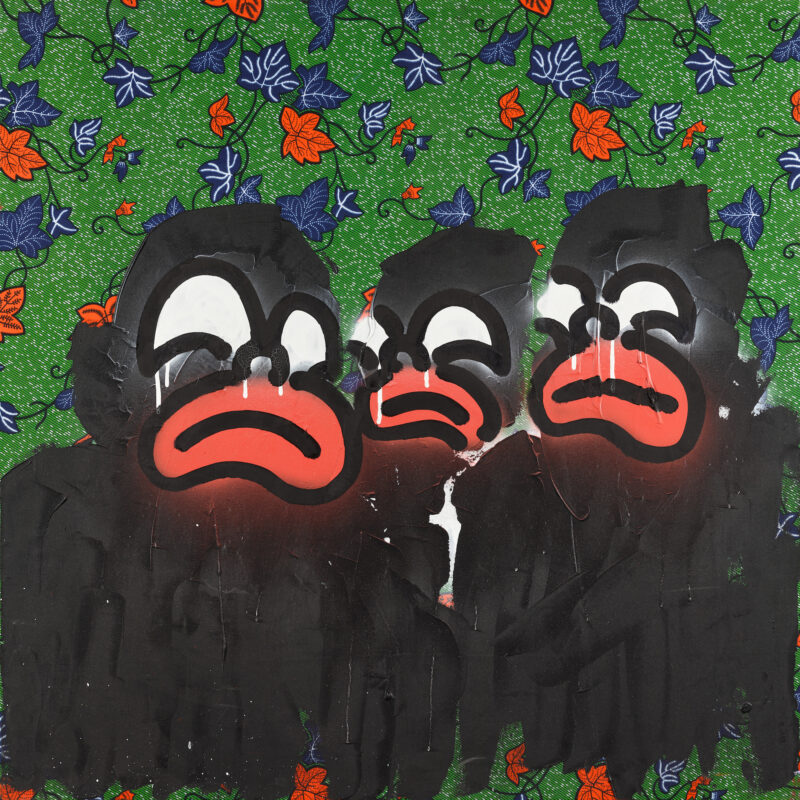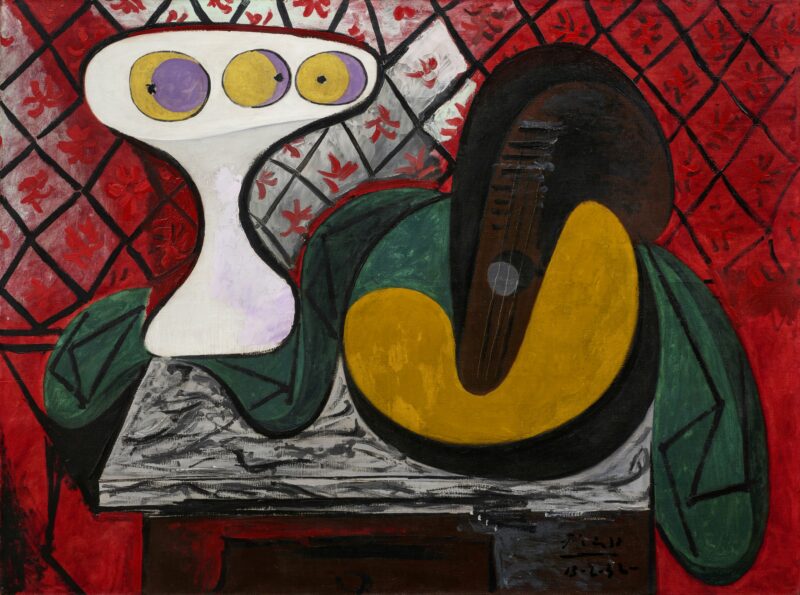
When language failed to capture the phenomenology of musical experience, a philosopher friend of mine used to say ‘talking about music is like dancing about architecture’. The phrase, which has been variously attributed to Martin Mull, Elvis Costello, Frank Zappa and Steve Martin, perfectly captures the sense in which language often does not describe the way we feel about non-linguistic phenomena.
In order to combat this, contemporary art has developed jargon that purports to explain every nuance of the artworld, but it often only deepens the mystery. In the spirit of clarity, then, here is a guide to essential artworld terminology, with full translations, to help navigate the minefield of contemporary art writing now and in the future.
The Art Newspaper recently published a list of newly coined words that relate to the art market, describing essentially new – that is, 21st Century – phenomena:
Fairtigue: the condition by which dealers, collectors and journalists struggle to keep up with the ever-increasing numbers of art fairs. It might also be expanded to describe the exhaustion and art-blindness we feel between October and December, having dragged ourselves through Frieze London, Fiac and Art Basel Miami Beach.
Megagosian: term used to denote the global domination of Larry Gagosian’s 13 galleries; or, more generally, the imperialist ambitions of a handful of top dealers (Hauser & Wirth, David Zwirner, Pace) to control the top end of the market.
Crapstraction: Jerry Saltz’s term for the banal, paint-by-numbers type of abstract painting made purely for the market, guaranteed to make big money quick.
Philip Hook, a director of Sotheby’s, this year published a book called Breakfast at Sotheby’s: An A to Z of the Art World in which he aimed to dispel the mysteries of jargon by directly translating ‘words the meaning of which has become twisted by the desire to energize banality, to elevate mediocrity, or simply to make a sale’. Some of his most amusing, and yet disarmingly true to life, revelations are these:
Accessible: obvious or superficial.
Challenging: obscure, incomprehensible, or unpleasant.
Important: art historically significant, but difficult to sell.
Ahead of the market: exciting way of describing a work that is overpriced.
In order to further demystify the rather grandiose terminology of contemporary art, I would add the following:
Dialectic relationship: the relationship between two things that appear to exist in harmony but in fact exist on a tectonic plate of tension, usually deployed to render fanciful some utterly uninteresting rehearsal of themes that were never interesting in the first place.
Deconstruct, divert, destabilise: terms used to explain, in a somewhat honorific sense, why a work of art fails to meet the expectation that it has instilled in the audience from the outset.
Collaboration: either, the result of cheap or free labour under the direction of a hands-off master who takes the bulk of the credit, or a group of artists who individually lack the skill, talent or ingenuity to work alone.
And finally, I would be an irresponsible critic if I only explained the current terminology, leaving you woefully unequipped for future trends and innovations. So here is some terminology for talking about what we can expect to see in 2015:
Sharks and Nazis: a term used to describe artworks whose primary aim is to shock rather than enlighten, derived from the YBAs’ shock and awe spectacle. As the gap between rich and poor artists continues to widen, the poor artists will revert to sharks and Nazis tactics to get noticed in an artworld which myopically sees only dollar signs.
Hauser: a sort of artworld Wizard of Oz, the unseen but all-powerful puppet master, who might not exist, but whose existence has to be presupposed as the only explanation for the monumental success of someone whose work hardly begins to justify the adoration and money directed at them. If certain art market stars continue to boom and shine at their current rate, recourse to a Hauser will become the catch-all explanation for this mystifying state of affairs.
Enviro-capitalism: a theoretical construct consisting of toxic hybrid of Zizek and Green Peace that purports to be about the threat to the intellectual Left of corporate engagement with environmental issues, used primarily to justify the existence of ugly artworks that are made of rubbish.
Emoji expressionism: the internet generation of artists, Parker Ito et al, will finally lose all grip on reality, thus fulfilling The Prophecy of Baudrillard, and develop the diametric opposite of abstract expressionism – namely, a representational expressionism that makes no distinction between the mental states denoted by emojis and those felt by living, sentient human beings.
The tricky thing is that art criticism and theory are both academic pursuits and tools of popular journalism, so we often end up expressing ourselves in ways which seem obscure precisely because we must use special terminology. After all, the difference between an Andy Warhol Brillo Box and a Brillo Brillo Box really is that the former is ‘existential’ while the latter is not; here only the language of philosophy can begin to capture what is magical about Warhol and banal about Brillo. But I hope this brief guide has not been too accessible and has deconstructed your sense of what art is all about, so in 2015 it can only get better, or worse, depending on whether you’re a reader or a writer.
Words: Daniel Barnes









